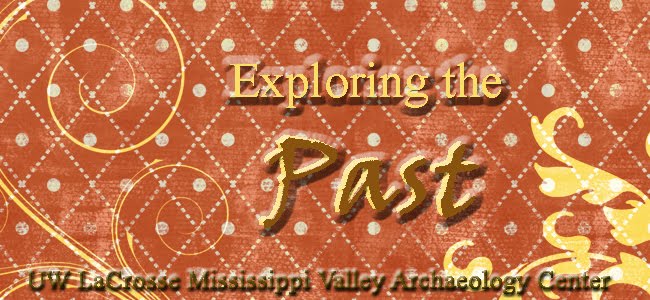As I started my note taking in class today I reflected on the information I thought my students would be fascinated by. I was also struck by how lucky we are to live in Chicago and be able to go to the Field Museum frequently. Dr. Theler showed us a Mastodon tooth that was found in Chipmunk Cove by Elmer Harold in 1921. He was still alive in 1984, so he went out to talk to Mr. Harold which I found thrilling. Thomas Jefferson had heard about Big Bone, Kentucky, which is across from Cincinnati and was very interested in Mastodons and Mammoths so he schooled Lewis and Clark to look for them because he believed they still existed. We learned that a Mastodon is a browser (white tail deer is one also) who has bumpy teeth to eat vegetation above ground such as brush and bushes. A Mammoth is a grazer with smoother teeth. We can trace hunters across North America by finding fluted points in these animals. We reviewed the Paleoindians who lived in small populations, were highly mobile which meant non permanent habitation, used little marginal resources, and consumed large mammals as their staple food.
We next learned about the Archaic period which is divided into
1. Early - 10 -8,000 YBP
2. Middle - 8 - 5,000 YBP when we find evidence of settlements and the first formal cemeteries
3. Late - 5 - 3,000 YBP
During the Archaic period, archaeologists have found fishing tools and nets, middens or trash pits, stones used for boiling. Fire was used widely on the landscape to prepare the land for spring planting. Dogs developed out of wolves about 13 - 14,000 years ago and were used by these hunters and gatherers as pack animals and they were the first to sound the alarm to warm them against other humans or dangerous animals. A three dog night meant it was so cold, they slept with 3 dogs. As the population became denser, there were less large mammals and they would hunt smaller animals and fish. During the Late Archaic period, there is evidence of regional adaptation, inter regional trade, and copper used for pots. Musical instruments were found such as turtle shells and bone flutes. Some plants were grown and among the most useful was the gourds because they were used as vessels or containers. Is the elephant found in North America before Europeans came?

No comments:
Post a Comment